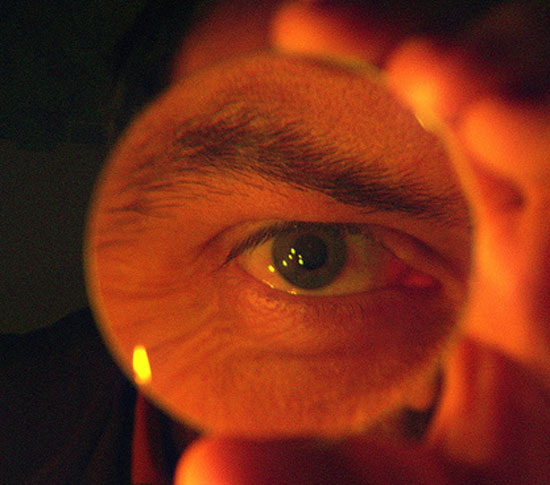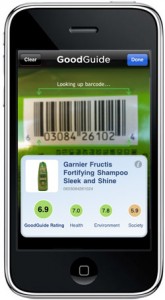 While many internet and web technology sites and blogs have published their 2010 predictions (including Minnov8), this post serves as a warning and a wake-up call to Minnesota companies that the power you once held — not just in communication, marketing and public relations surrounding your products, services and company — but that power is quickly shifting to your customers in new ways that you need to understand and strategically prepare for or suffer the consequences beginning now.
While many internet and web technology sites and blogs have published their 2010 predictions (including Minnov8), this post serves as a warning and a wake-up call to Minnesota companies that the power you once held — not just in communication, marketing and public relations surrounding your products, services and company — but that power is quickly shifting to your customers in new ways that you need to understand and strategically prepare for or suffer the consequences beginning now.
The acceleration in mobile internet use — and the devices exploding in number to access it — is enabling the masses to understand what you’re doing as an organization, comment to one another on your activities but (and perhaps most disturbingly to those of you with previously publicly unavailable or difficult to obtain data) it is enabling customers to examine your products, your company’s record on the environment, your labor practices (onshore and offshore) and much more.
How can your customers do that?
 GoodGuide is a startling example of a free application for the iPhone which allows a consumer to simply scan the barcode of a product in-store and immediately see detailed ratings for health, environment and social responsibility for more than 50,000 products and companies.
GoodGuide is a startling example of a free application for the iPhone which allows a consumer to simply scan the barcode of a product in-store and immediately see detailed ratings for health, environment and social responsibility for more than 50,000 products and companies.
GoodGuide aggregates and analyzes data on both product and company performance. They employ a range of scientific methods – health hazard assessment, environmental impact assessment, and social impact assessment – to identify major impacts to human health, the environment, and society. Each of these categories is then further analyzed within specific issue areas, such as climate change policies, labor concerns, and product toxicity. Currently, GoodGuide’s database has over 600 base criteria by which they evaluate products and companies.
“So what?”, you might ask. By making information about consumer products transparent, GoodGuide’s goal is to help people shop smarter and motivate companies to offer even better products and with services and applications like theirs, savvy and caring customers with these sorts of mobile devices will accelerate a move toward safe and responsible products delivered by companies that optimize all aspects of things customers care about in today’s world.
Just by happenstance, I began using GoodGuide a few weeks ago and was walking around scanning products at a local Target store. I scanned a can of Campbell’s Chunky Chili and discovered an overall rating of 4.3 (out of a possible 10) with a 3.9 for environmental and 4.7 for social as scores. Seeing that this was quite low — and not knowing much about what criteria they used for scoring — I pulled up my web browser on my iPhone and poked through their website to read about their ratings.
I didn’t like what I saw. There was information about the product (some now have the Nutrition info available) and a “Behind the Rating” area that gives a green checkmark for good (Campbell’s has minimal or no community-related controversies so received one) and red X’s for failures (e.g., Campbell’s said, “The company that makes this product receives an average rating on environmental management compliance” and “The company that makes this product has a below average score in the use of resources”).
If you saw that and had an option to buy a similar product from a company with all green checkmarks, wouldn’t you? Even in this economy, consumers are still voting for products that are “green”, healthy, and from companies that exhibit care for our world.
Signing up for a free GoodGuide membership (or logging in with your Facebook credentials) enables you to:
- Create lists of your favorite products
- Access your lists via their iPhone app
- Optionally receive email updates about breaking news and new products
- Share what you find with your friends.
GoodGuide is quite clear about their ratings methodology and I could spend the next few paragraphs poking holes in it and telling you all the reasons why their databases are incomplete, ratings suspect and more. But that would be missing the one, key and fundamental point: this category of empowering applications will continue to explode and if your customers care about the environment, animal testing, whether products are healthy, and whether your company’s stewardship of your impact on the environment is minimal, people will know in ways never before possible and be able to share that with their friends.
Perhaps you should increase your awareness of this sort of power shift — one that is accelerating in 2010 — and adjust your strategies accordingly before the masses rate your products and company and choose to buy from one of your competitors who rates higher.